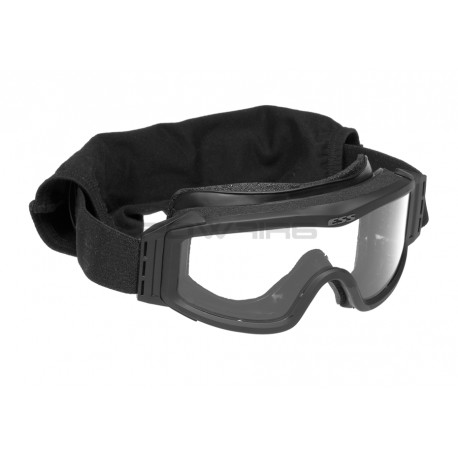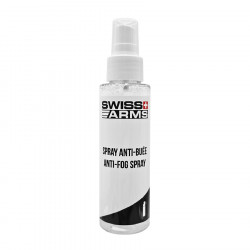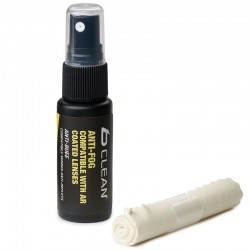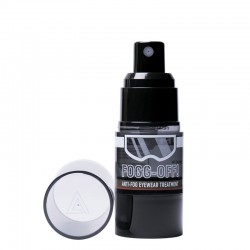Battle tested in the most demanding theaters, the ESS Profile NVG™ is the only authorized goggle issued by the U.S. Marine Corps. It is also issued by the U.S. Army, the U.S. Air Force,many NATO governments. ESS' flagship goggle, the patented Profile NVG™ is a compact military/tactical goggle system with no compromises. Created with direction from elite U.S. Special Forces groups, and more widely used than any other military/tactical in the world, it has all the advantages of a low-profile, night-vision-compatible frame without sacrifices in dust filtration, field of view, impact protection, or anti-fog performance. The extra-thick, 2.8mm polycarbonate lenses offer maximum impact protection and 100% UVA/UVB filtration. ESS' advanced ClearZone™ FlowCoat lens treatments provide the optimal combination of anti-scratch coatings on the outside of the lenses and anti-fog coatings on the inside. The Profile NVG™ has a full-perimeter ventilation and filtration system that minimizes lens fogging and filters airborne particles, dust, and splashes:
The patented Outrigger™ Strap System positions the strap for optimal compatibility with helmets:
Safety Standards: This Profile NVG™ goggle is compliant with U.S. MIL SPEC MIL-PRF-32432, ANSI Z87.1-2010, CE EN 166 and U.S. Federal OSHA.
All Profile™ Series lenses provide 100% UVA/UVB protection and distortion-free optical clarity. Profile™ Series Laser Protective Lenses (LPLs) are available.
The Profile NVG™ is compatible with the UPLC Rx insert, ESS U-Rx™ and P-2B™ Rx Inserts.
Profile NVG™ kits are available in Black, Foliage Green and Terrain Tan.
Important APEL Note: Only Clear & Smoke Gray lenses are authorized for use in the U.S. Military.
The APEL-Approved Profile NVG™ is available in the following Unit-Issue configuration:
- The Profile NVG™ APEL Unit Issue Kit features one Profile NVG ™ frame Tan 499 with two lenses (Clear and Smoke Gray), UPLC adapter, Anti-Reflective Speedsleeve, anti-fog solution and a soft storage case.




















